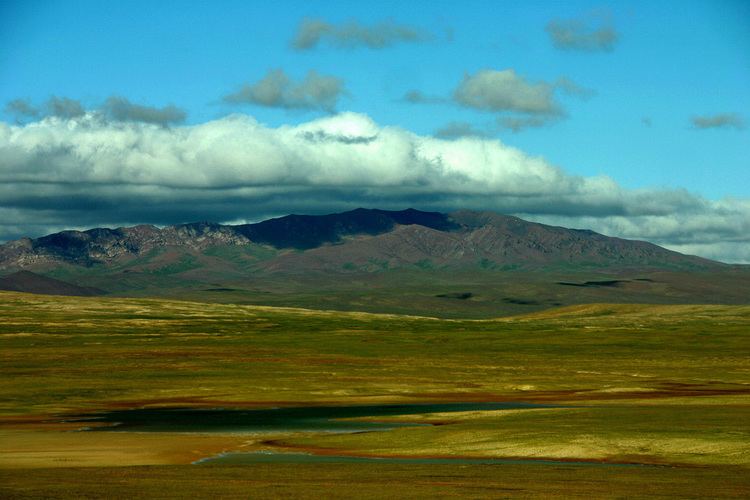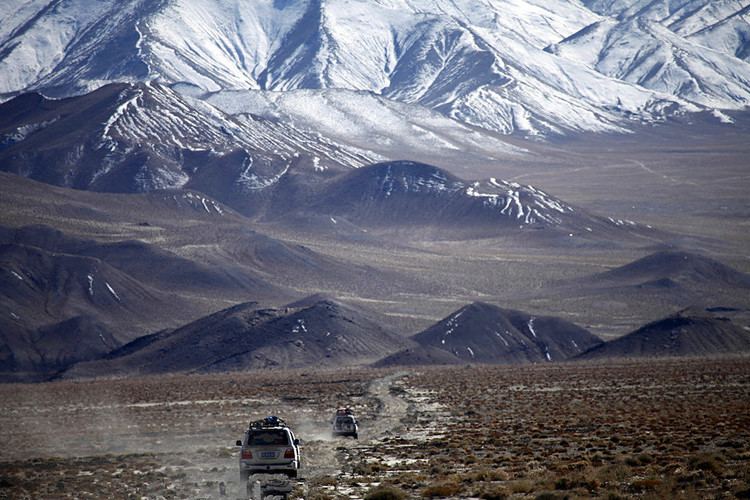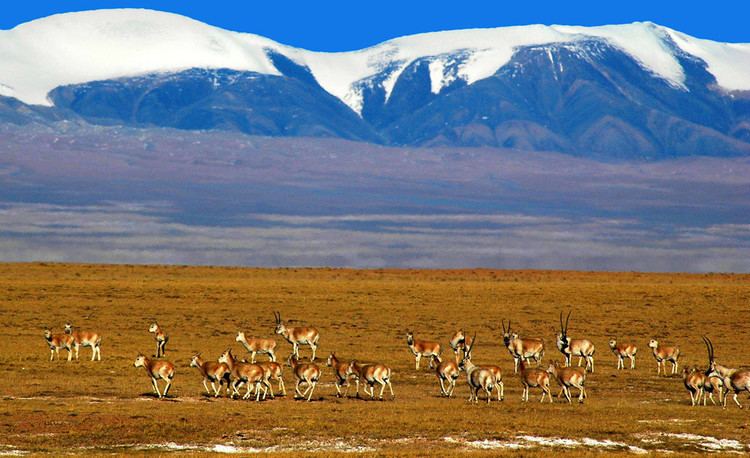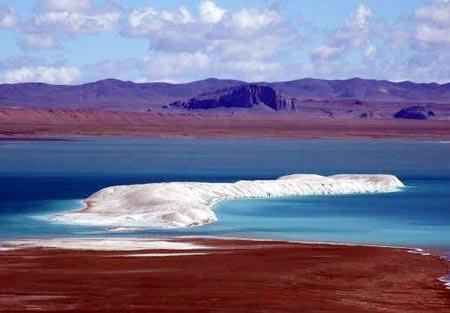Simplified Chinese 可可西里 Hanyu Pinyin IPA [kʰɤ̀kʰɤ̀ɕílì] | Traditional Chinese 可可西里 Wade–Giles K'ek'ehsili | |
 | ||
Literal meaning Blue ridge (in Mongolic) | ||
These hidden hands hoh xil h007
Hoh Xil or Kekexili, (Mongolian for "Blue Ridge", also Aqênganggyai for "Lord of Ten Thousand Mountains"), is an isolated region in the northwestern part of the Qinghai-Tibet Plateau in China. It is China's least and the world's third-least populated area.
Contents
Geography

The region covers 83,000 square kilometres at an average elevation of 4,800 metres above sea level, stretches in a meridional (east-west) direction between the Tanggula and Kunlun mountain chains in the border areas of southwest China's Tibet Autonomous Region, northwest China's Qinghai Province and China's Xinjiang Uyghur Autonomous Region. The southeastern part of the Hoh Xil, drained by the Chumar River, is one of the major headwater sources of the Yangtze River. The rest of the region is endorheic, with drainage to numerous isolated lakes; this area is sometimes described by hydrologists as the "Hoh Xil lake district". 45,000 square kilometres of the Hoh Xil region, at an average elevation of 4,600 metres, were designated a national nature reserve in 1995.
Geology

Hoh Xil is volcanic. Surrounding Unnamed volcanic field contains a number of late-Cenozoic volcanoes. Several Hawaiian-style volcanoes are present in this area. Bamaoqiongzong covers an area of 300 km2 and contains a perfectly preserved edifice NE of the summit and a lava flow that overlies Quaternary lake deposits . The Bamaoqiongzong area contains peralkaline phonolitic and foiditic rocks. Yongbohu contains five dacitic, trachyandesitic and andesitic vents. Qiangbaqian covers a broad area along the southern border of the Kunlun mountain range. A cone in the Kekexili caldera, once thought to be observed in eruption on a satellite photo in 1973, is now considered not to have been historically active.
Wildlife

Despite the harsh climate, Hoh Xil is home to more than 230 species of wild animals, 20 of which are under Chinese state protection, including the wild yak, wild donkey, white-lip deer, brown bear and the endangered Tibetan antelope or chiru. The abundant plateau pika, a small burrowing rodent, is the main food of the region's brown bears; the bears also feed on the yak and antelope. The hitherto little-known region, as well the struggling Tibetan antelope, or chiru, became household names in China upon the release of the film Kekexili: Mountain Patrol in 2004.
Transportation
The Qingzang Railway and China National Highway 109 run along the eastern boundary of the reserve. The Fenghuoshan Tunnel, presently the world's highest railway tunnel (1338 m long, with entrances located at an elevation of 4905 metres above sea level), was constructed in the area.

